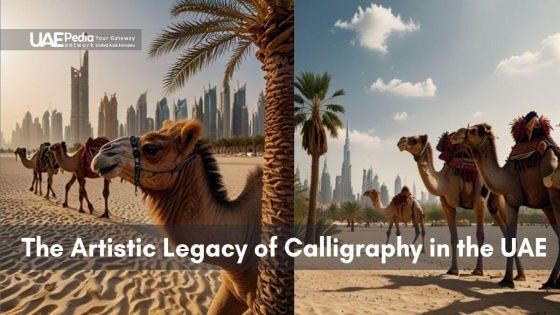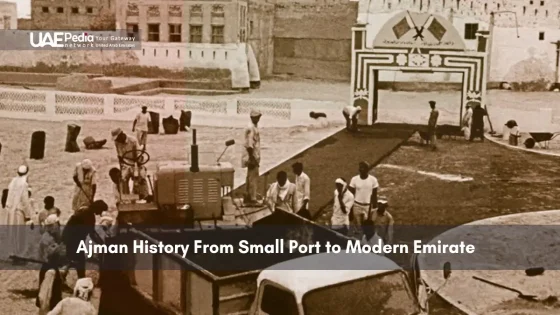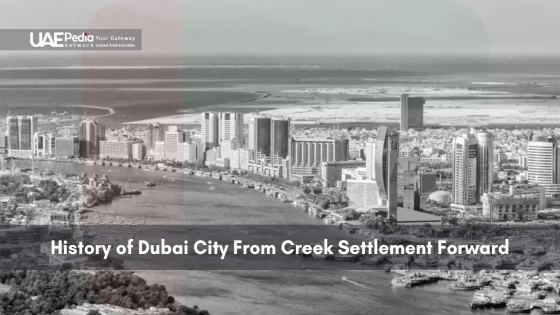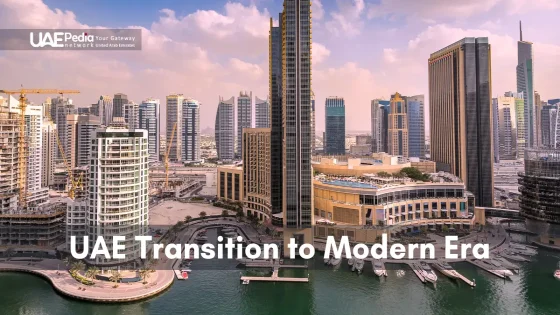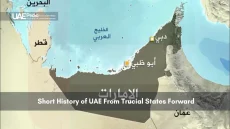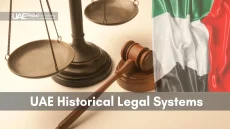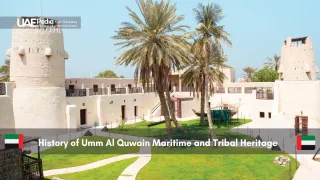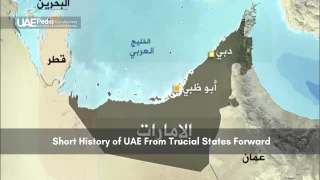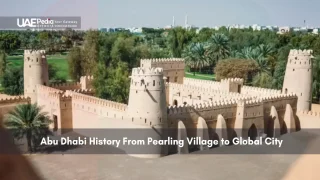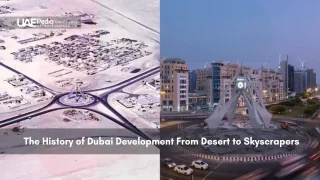Have you ever looked closely at Arabic calligraphy? In the United Arab Emirates, this art is very much alive. It’s seen in the tall skyscrapers and mosques across the country. But what makes these designs so special?
The UAE’s calligraphy shows off its deep artistic roots. It blends old Islamic styles with new ideas. This art is more than just pretty writing. It shows the UAE’s values, beliefs, and pride.
Origins and Evolution of Arabic Calligraphy in the Emirates
Arabic calligraphy is a treasured art in the UAE. It started with the Quran’s revelation, showing the importance of written words in Islam. The UAE’s history in manuscript art is filled with many styles and techniques.
Early Development and Cultural Significance
In early Islam, calligraphy helped record religious texts. It spread across the Gulf Country, becoming a sign of culture and faith. Islamic art’s influence is clear in the detailed designs and patterns found in calligraphy.
The Rise of Kufic Script in UAE’s Heritage
The Kufic script, with its sharp angles, became key in the Emirates. It was used in early Quran copies and mosques. The Sharjah Calligraphy Museum, opened in 2002, showcases Kufic script’s role in UAE’s art history.
Traditional Forms and Techniques
New styles like Naskh and Thuluth emerged as calligraphy grew. These scripts are known for their beauty and ease of reading. Today, the UAE honors its calligraphy heritage while exploring new ways to express this ancient art.
| Calligraphy Style | Characteristics | Usage in UAE |
|---|---|---|
| Kufic | Angular, geometric | Early Qurans, mosque inscriptions |
| Naskh | Cursive, readable | Modern texts, official documents |
| Thuluth | Elegant, elongated | Decorative inscriptions, art pieces |
UAE Art and Calligraphy History
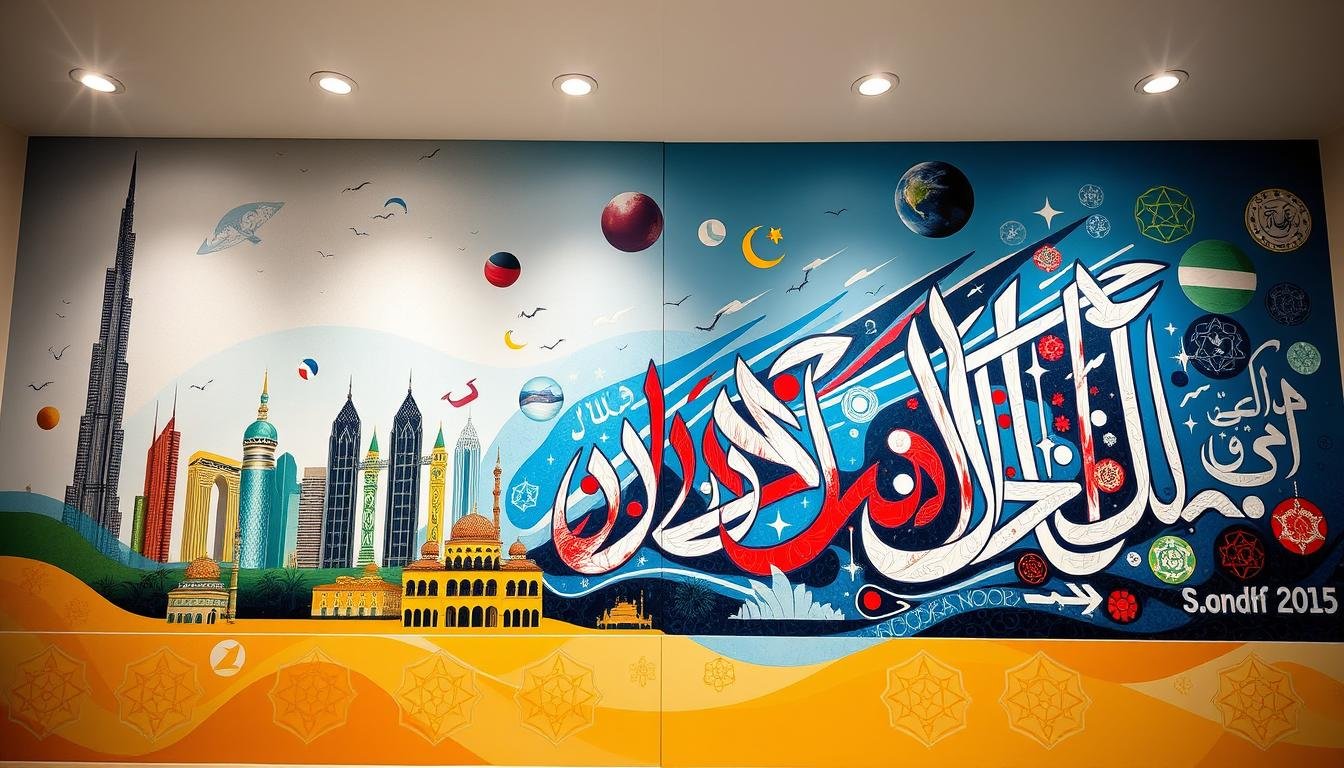
The UAE’s art journey started with desert traditions and now includes modern styles. Calligraphy has been key in this journey. It shows how the Peninsula’s culture has grown and how famous artists have shaped it.
From Desert Canvas to Modern Expression
UAE’s traditional arts began in the desert. Over years, these arts changed, using new materials and styles. Calligraphy also changed, mixing old ways with today’s needs.
Influence of Islamic Artistic Traditions
Islamic art greatly influenced UAE’s art. Calligraphy, a big part of Islamic art, thrived here. Artists mixed local traditions with Islamic styles, creating unique works.
Role in National Identity Formation
Calligraphy is key to the UAE’s identity. It’s on money, passports, and symbols, showing the country’s pride. This shows how calligraphy has deeply influenced Emirati culture.
| Event | Details | Impact |
|---|---|---|
| Dubai Calligraphy Biennale 2023 | 19 exhibitions, 35+ locations, 200+ artists | Promoted cultural diversity and artistic exchange |
| ‘History of Arabic Calligraphy in UAE’ Exhibition | 12 Emirati calligraphers and artists | Showcased local talent and heritage |
| ‘Calligraphy Redefined’ Exhibition | 22 works by 11 artists | Highlighted modern transformations of calligraphy |
These events and shows show calligraphy’s lasting role in UAE’s art. They connect the past with today, shaping the nation’s culture.
Master Calligraphers and Their Contributions
The UAE’s calligraphy scene is filled with amazing artists. They have greatly influenced Emirati art. Their work can be seen in currency and national symbols.
Mohammed Mandi: UAE’s First Professional Calligrapher
Mohammed Mandi is a key figure in UAE calligraphy history. He graduated from Cairo’s Arabic Calligraphy Improvement School in 1977. He then learned from Turkish calligrapher Hassan Chalabi in the late 1970s.
Notable Works and Achievements
Mandi’s calligraphy is on UAE, Kuwait, and Oman passports. His work is also on UAE, Bahrain, and Syria banknotes. He has shown his talent in solo exhibitions at UAE University and Paris’s Institut du Monde Arabe.
Legacy in Currency and National Symbols
Mandi’s work goes beyond the Persian Gulf. His designs on currency and documents are key to national identity. The Abu Dhabi Cultural Foundation honored him in 2018 for his impact.
| Calligrapher | Notable Works | Achievements |
|---|---|---|
| Mohammed Mandi | UAE, Bahrain, Syria banknotes; Gulf countries’ passports | First UAE professional calligrapher; Multiple solo exhibitions |
| Khaleelullah Chemnad | Largest calligraphic picture of Dubai’s ruler; 50 Qur’anic verses in oak wood | World record holder; Multiple awards including Kerala Cartoon Academy Award |
| Samir Sayegh | Calligraphic typefaces and logos; Architectural projects | Exhibitions at Sharjah Biennial; Innovative type design contributions |
Architectural Integration of Calligraphy
The UAE is dedicated to saving art through its buildings. Calligraphy, a key part of Islamic art, is now in modern UAE structures. This mix of old and new shows the Arabian Peninsula’s deep culture.
The Diwani House in Sharjah is a great example. It combines calligraphy with its design. Walls, ceilings, and floors show off Arabic script. It shows how Islamic art still influences the UAE.
The Sheikh Zayed Grand Mosque in Abu Dhabi is another example. It has 82 domes and over 1,000 columns with beautiful calligraphy. The main hall has the world’s biggest hand-knotted carpet, covering 5,700 square meters. These features make a stunning display of UAE’s art efforts.
Modern architects look to Islamic designs for inspiration. The wind towers in Dubai’s Al Fahidi Historical Neighborhood are both useful and beautiful. These towers remind us of old air-conditioning systems and are now cultural symbols.
This way of building keeps the UAE’s artistic past alive. It also brings it into the present. By adding calligraphy to new buildings, the UAE keeps its culture alive and meaningful today.
Preservation and Educational Initiatives
The UAE is dedicated to keeping its artistic heritage alive. It focuses on education and cultural recognition. This effort is key in West Asia, aiming to teach traditional skills to the next generation.
Cultural Foundation’s Role in Art Preservation
The Abu Dhabi Cultural Foundation is crucial in saving calligraphy. It does this through Bait Al Khatt. This shows the UAE’s commitment to its artistic traditions.
In Sharjah, the Heritage Days festival celebrates local crafts. It includes calligraphy, showing the UAE’s love for traditional arts.
Modern Teaching Methods and Programs
Calligraphy is becoming more important in UAE schools. Famous calligrapher Mohammed Mandi wants to teach it in basic subjects. He has created a practice book for schools.
This helps young Emiratis connect with their cultural heritage. It teaches them about this ancient art.
UNESCO Recognition and Cultural Heritage Status
Arabic calligraphy’s global importance grew when UNESCO named it Intangible Cultural Heritage. This shows the UAE’s role in preserving and promoting it.
Sharjah was named a UNESCO Creative City for Crafts and Folk Art in 2019. This strengthens the UAE’s dedication to cultural preservation.
| Initiative | Description | Impact |
|---|---|---|
| Bait Al Khatt | Calligraphy preservation program | Safeguards traditional techniques |
| School Integration | Calligraphy in core subjects | Connects youth with cultural heritage |
| UNESCO Recognition | Intangible Cultural Heritage status | Global acknowledgment of importance |
Contemporary Applications and Innovation
The UAE’s calligraphic art scene is changing fast. It mixes old traditions with new ideas. Art shows in historical UAE sites show this mix, blending ancient methods with modern styles.
Digital Age Adaptations
Calligraphers in the UAE are using digital tools to make new art. These works are seen in modern art shows. They show how old art can fit into new mediums.
Digital tools let artists share their work with more people. They can try out new, interactive calligraphy.
Modern Artistic Interpretations
Artists in the Middle East are making calligraphy in new ways. They mix old Arabic scripts with abstract shapes. This creates eye-catching pieces that connect the past with today.
These works often talk about identity, culture, and change. They show how fast the region is changing.
Commercial and Public Applications
Calligraphy is used in many ways in modern UAE. It’s in logos, public art, and more. It’s everywhere, showing its lasting importance in UAE’s visual culture.
| Application | Example | Impact |
|---|---|---|
| Corporate Branding | Etihad Airways logo | Blends tradition with modernity |
| Public Art | Dubai Metro stations | Enhances urban aesthetics |
| Currency Design | UAE Dirham notes | Preserves cultural heritage |
Conclusion
The UAE’s calligraphy shows its deep cultural roots and growing art scene. It started with Islamic texts and now is used in buildings and designs. This art helps shape the UAE’s culture and identity.
The UAE works hard to keep this art alive. Events like the Dubai Calligraphy Biennial and the Sharjah Calligraphy Biennial are key. They started in 2018 and 2002, respectively.
Emirati art is more than calligraphy. It includes Sadu weaving, Al-Talli embroidery, pottery, and traditional clothes. These show the UAE’s rich artistic traditions.
Calligraphy is also seen in today’s buildings and public areas. This shows its lasting importance in UAE society.
The UAE keeps its art fresh by using new ways and tech. The 2024 Public Art Abu Dhabi Biennale will mix old and new. This way, calligraphy’s legacy stays alive and exciting for the future.
